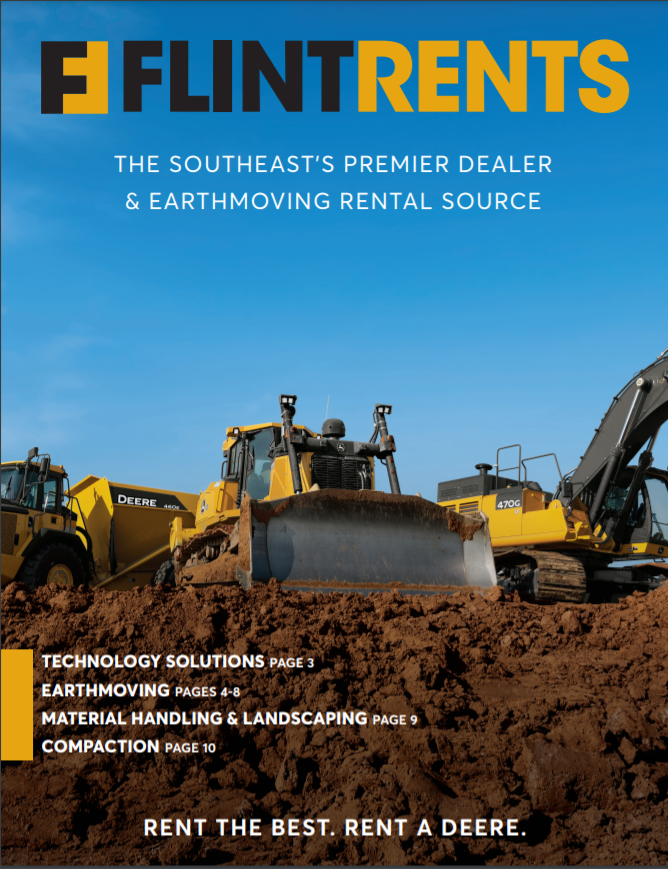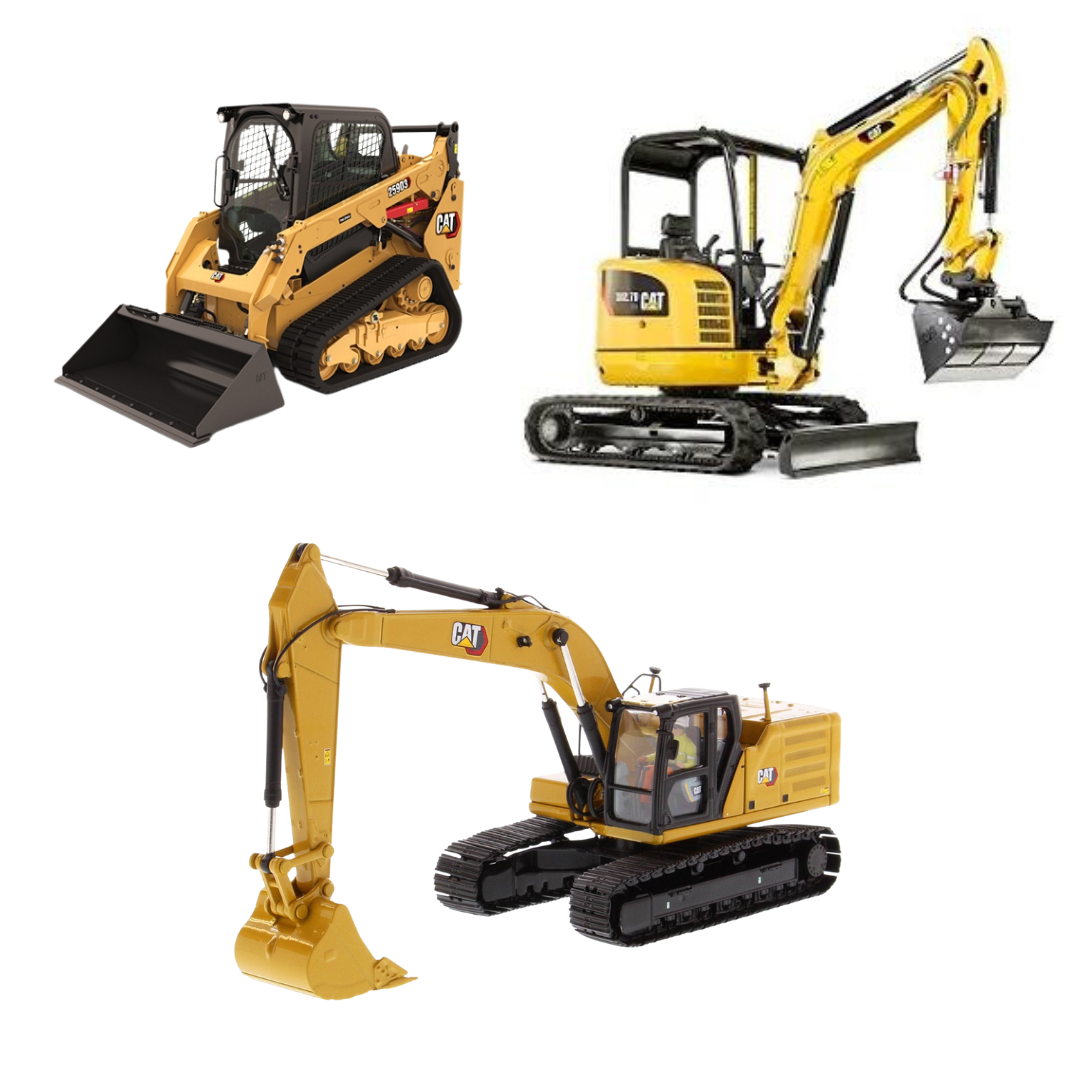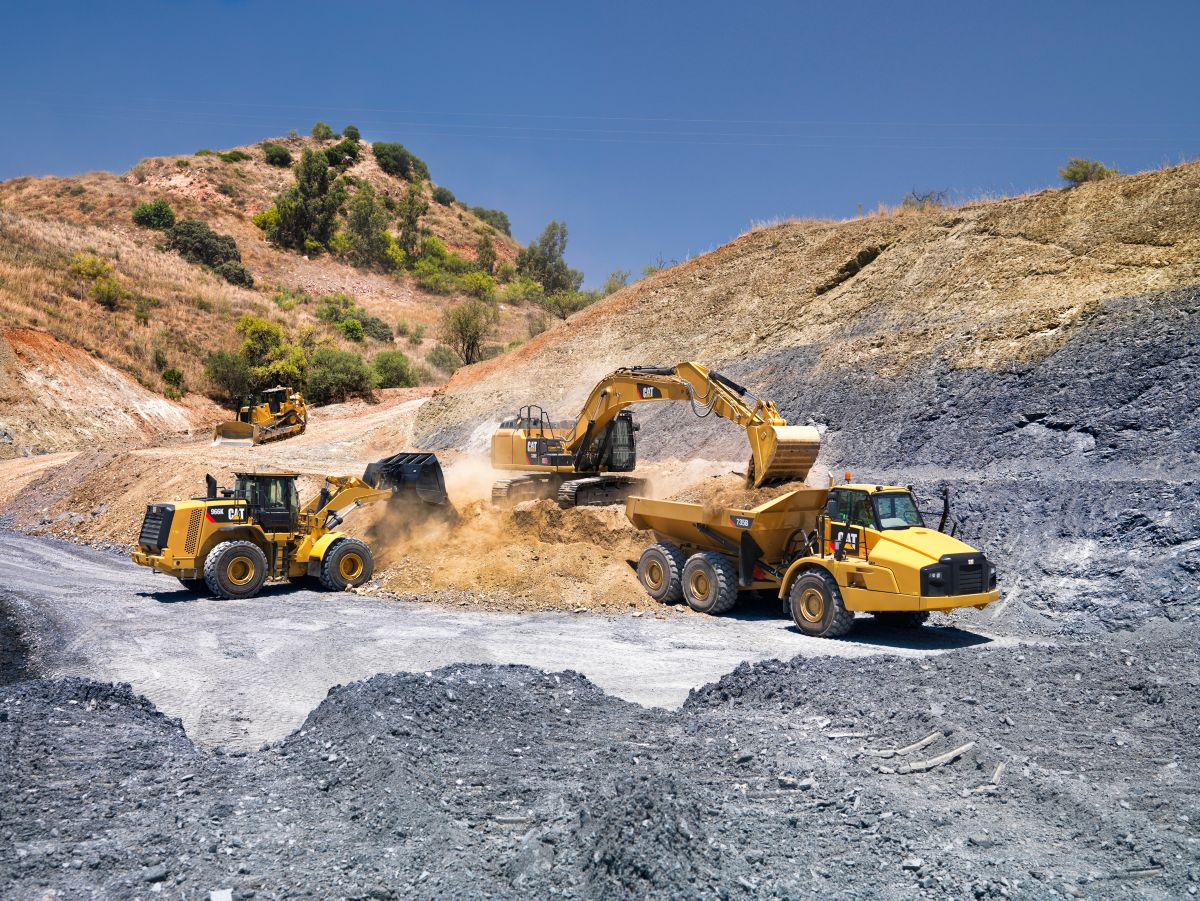Scissor Lift Rental: Safe and Effective Raising Solutions
Maximize Your Budget by Comprehending the Costs Connected With Building Devices Rentals
Understanding the complete scope of prices associated with building equipment leasings is critical for maximizing your budget. What techniques can be used to efficiently manage these costs and ensure a much more reliable rental experience?
Review of Rental Prices
When taking into consideration building tools leasings, understanding the linked costs is critical for reliable budgeting and job preparation. Rental expenses can differ substantially based on several aspects, including devices kind, duration of service, and place. The initial rental charge often shows the tools's market demand and its associated operational capacities, influencing the general expenditure.
Along with the base rental rate, supplementary prices may develop, such as transportation costs, fuel additional charges, and maintenance fees. It is vital to represent these extra costs to accurately evaluate the complete cost of renting devices. The rental period can affect prices; longer services may certify for discounted prices, while temporary rentals may sustain higher day-to-day costs.

Malfunction of Rental Prices
An extensive understanding of rental prices is necessary for service providers and task supervisors aiming to optimize their spending plans. Rental prices for building and construction tools commonly contain a number of components, including base prices, time-based fees, and usage fees.
Base prices are the core fees connected with the leasing of the equipment, often determined by the kind and size of the equipment. These prices can vary considerably, affected by variables such as devices need, schedule, and local market fads. Time-based fees, which might be daily, weekly, or monthly, serve to fit various task timelines and rental durations.
Additionally, rental prices might consist of usage charges, which are relevant when tools is utilized past a defined threshold, making sure that the rental company can represent wear and tear. Seasonal demand variations can likewise affect rental prices, with peak construction periods normally regulating greater prices.
In addition, understanding the rental firm's policies relating to upkeep and insurance coverage can provide additional understanding into the total price framework. By evaluating these parts, professionals can make enlightened decisions, making sure the option of rental devices straightens with both project demands and spending plan constraints.
Additional Charges to Think About
Recognizing the intricacies of additional fees is critical for service providers to handle their overall service costs properly. Beyond the basic rental prices, various supplemental fees Extra resources can significantly impact the total cost of equipment service. These costs frequently include shipment and pickup charges, which can vary based upon distance and logistics entailed in moving the tools to and from the work website.
Additionally, some rental companies may impose fuel surcharges if the equipment is returned with much less gas than when rented out. It is additionally vital to understand possible cleaning fees, especially for specialized equipment that calls for detailed upkeep after use.

Thoroughly reviewing the rental arrangement and clearing up these additional costs in advance can help service providers guarantee and avoid unanticipated expenses that spending plans remain undamaged throughout the task lifecycle.
Maintenance and Fixing Costs
Routine repair and maintenance costs are usually ignored elements that can dramatically influence the total expense of building tools leasings. When renting out equipment, it is critical to think about not just the rental charges however also the prospective costs connected with maintaining the machinery in ideal operating problem.
Numerous rental firms include fundamental upkeep as part of the rental contract; nonetheless, much more unexpected malfunctions or considerable repairs can cause extra costs. It's necessary to examine the rental agreement carefully to understand what maintenance solutions are covered and what see it here responsibilities drop on the occupant.
In addition, equipment that is not well-maintained can result in ineffectiveness on duty website, possibly creating hold-ups and raising task expenses. To reduce these risks, it is a good idea to conduct routine assessments and keep open interaction with the rental supplier regarding any issues that arise throughout usage.
Insurance Policy and Liability Expenses
Insurance coverage and obligation expenses are vital elements that can dramatically affect the general expense of construction tools services (boom lift rental). These prices make certain that both the rental firm and the client are safeguarded from potential economic losses developing from accidents, damage, or burglary throughout the rental period

In addition, clients need to be conscious of any deductibles or exclusions in the insurance coverage, as these can affect prospective out-of-pocket expenditures. Comprehending the conditions of any insurance policy coverage is crucial to stay clear of unforeseen prices. Ultimately, budgeting for insurance coverage and liability costs can assist ensure a smoother rental experience and protect versus economic risks associated compacting roller with building and construction tasks.
Final Thought
In verdict, a comprehensive understanding of the costs associated with building and construction devices services is necessary for efficient budget management. Inevitably, educated decision-making regarding equipment services adds to the general success of construction undertakings.
Rental prices can differ considerably based on numerous aspects, including equipment kind, period of rental, and location (dozer rental). The rental period can influence pricing; longer services may qualify for affordable prices, while short-term leasings might sustain higher day-to-day charges
By performing detailed research study and engaging with trustworthy rental business, contractors can efficiently browse the complexities of rental prices, ultimately optimizing their financial resources.
Past the basic rental prices, different supplementary fees can significantly affect the total expense of tools leasing. Rental firms frequently give liability insurance policy that covers injuries to third events or damage to property, while tools damage insurance can cover the cost of fixings or replacement if the rented out tools is damaged.